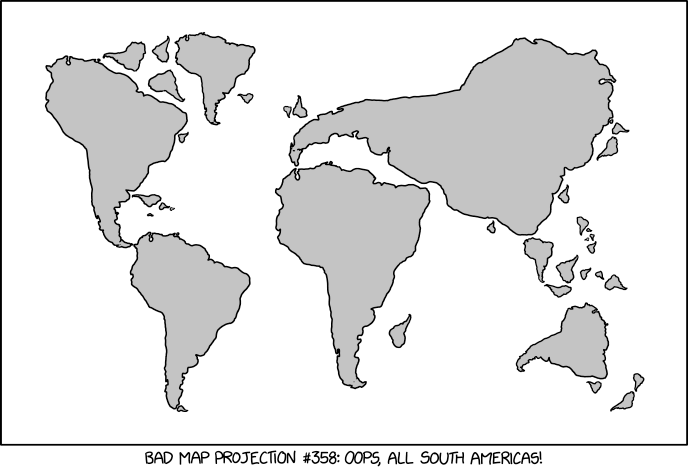

|
Map Projections
for a Spherical Planet |
|
Prof. David Bernstein
|
| Computer Science Department |
| bernstdh@jmu.edu |



|
Map Projections
for a Spherical Planet |
|
Prof. David Bernstein
|
| Computer Science Department |
| bernstdh@jmu.edu |

























